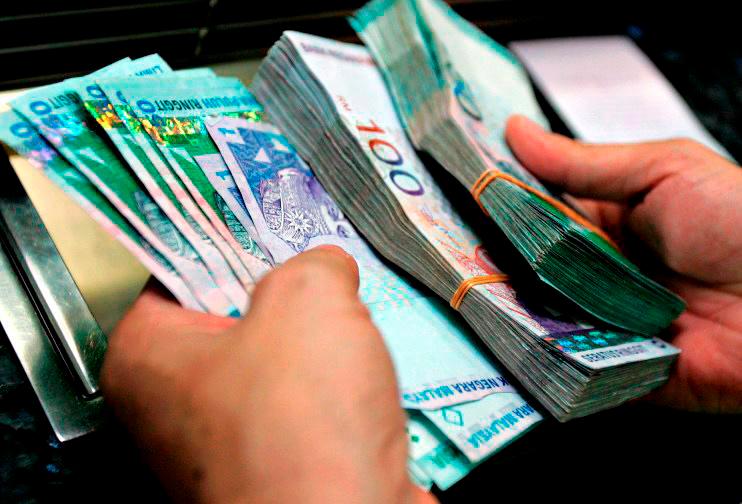KUALA LUMPUR: The World Bank has revised upwards its projection for Malaysia’s economy to 4.9% in 2024, an increase of 0.6 percentage points, or 14% from 3.7% in 2023, driven by robust growth in consumption, investment and trade activity.
World Bank lead economist for Malaysia Apurva Sanghi said the revised outlook is
due to stronger-than-expected household spending and improved investment and trade performance in the first half of 2024.
“Assuming the growth rates average 4.3% throughout the forecast period (2024-2028) and the ringgit-US dollar exchange rate remains unchanged at around RM4.54, we project Malaysia to be a high-income nation by 2028.
“This is also supported by increased political stability, foreign direct investment and domestic investments, with inflation rate to remain constant at its long-term level near 2%, while the annual percentage change in the Special Drawing Rights (SDR) deflator to remain at its long-term level of 2.4%,” he told reporters at the October 2024 Malaysia Economic Monitor media briefing yesterday.
According to the report, business investment in Malaysia will remain strong and driven by ongoing projects and new investments in the manufacturing and services sectors.
The government will focus its spending on improving infrastructure in areas like transportation, healthcare and education.
Public corporation investments will be backed by major infrastructure projects such as the East Coast Rail Link and the
Pan-Borneo Highway. World Bank data also shows continued growth in domestic demand and exports in the second half of the year.
Private consumption is expected to rise to 5.5% in 2024, up from 4.7% in 2023, driven by better labour market conditions, wage
growth and ongoing government support for household income.
“Global growth is expected to stabilise at around 2.6% this year, despite ongoing geopolitical tensions and high interest rates, while inflation is receding. So, there is a new appetite for growth, especially in advanced economies.
“Malaysia is also in the right position to benefit from the robust economic growth in East Asia Pacific (EAP). In the emerging markets, there are positive trends in consumer confidence, manufacturing and services,” Apurva said.
The Malaysia Economic Monitor report noted that the EAP region is growing faster than the rest of the world but slower than pre-pandemic levels.
In the EAP region, excluding China, growth is projected to rise to 4.7% in 2024, with economies such as Indonesia, the Philippines, Thailand, Vietnam, Mongolia, Cambodia and Myanmar benefitting from domestic consumption, goods exports and a revival in tourism.
Over the next two years, growth in the EAP region is projected to continue moderating, reaching 4.2% in 2025 and 4.1% in 2026, as further slowdown in China offsets modest pickups elsewhere in the region.
The World Bank report added that Malaysia’s export growth is projected to recover to 5.9% this year, up from the previous forecast of 4.8%.
Pix for visual purposes - BERNAMApix









